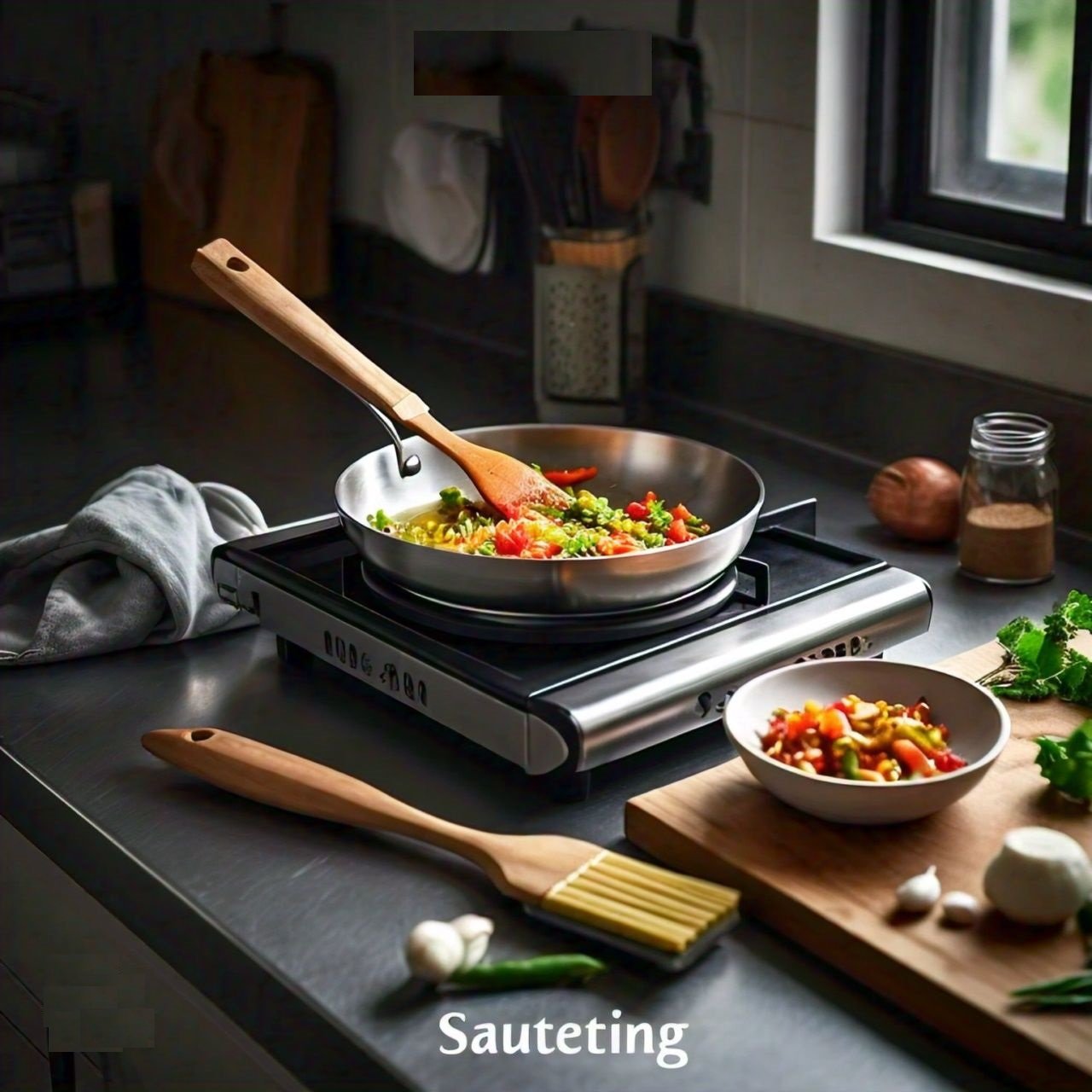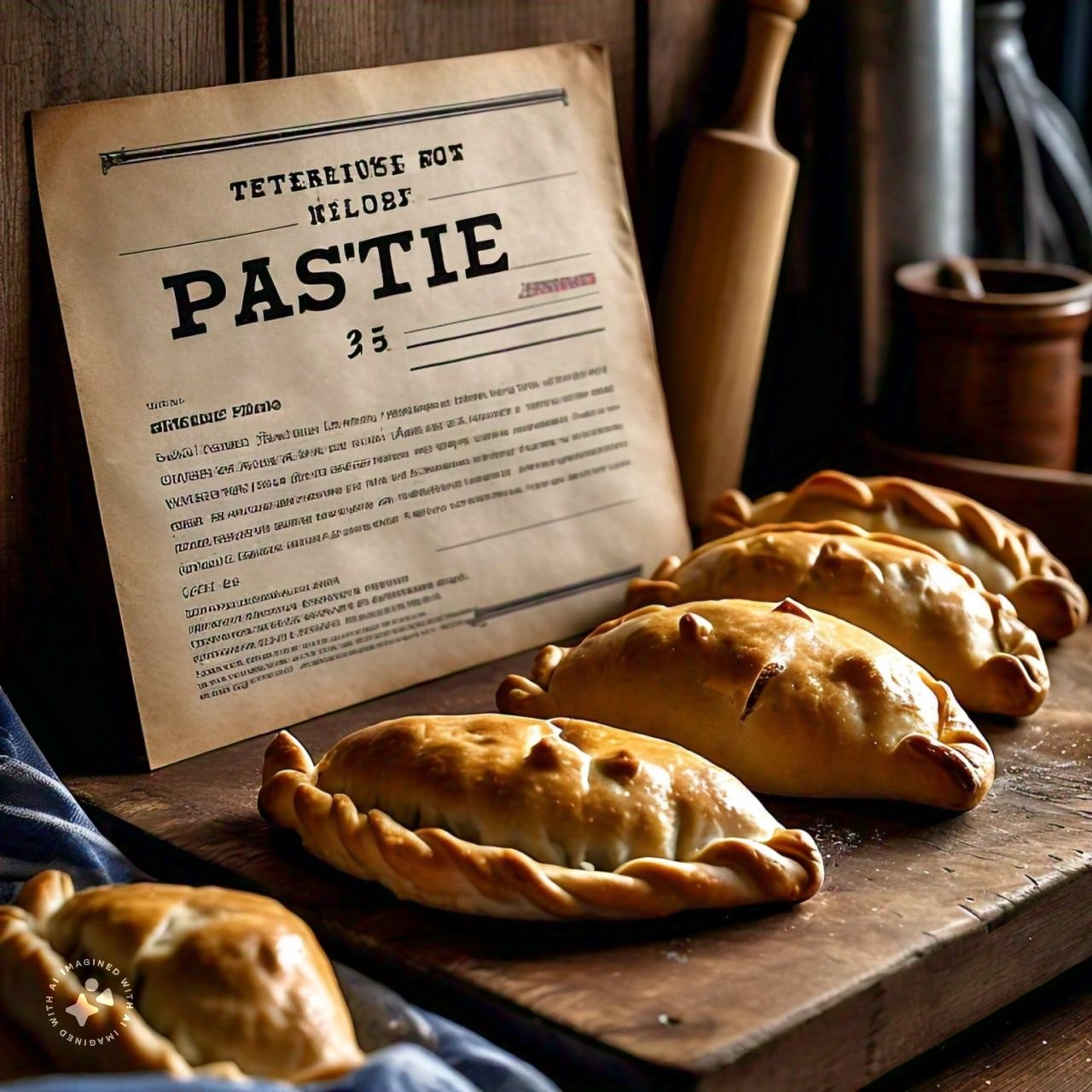Sautéing, a vibrant dance between heat and movement, transforms ingredients into culinary masterpieces. It’s a quick and versatile cooking method that unlocks a world of flavor through the magic of browning. This comprehensive guide delves into the art of sautéing, meticulously dissecting essential techniques to elevate your skills and create restaurant-quality dishes at home.
The Science Behind the Sizzle
Before we embark on our sautéing adventure, let’s establish a foundational understanding of the scientific principles at play. Sautéing utilizes a small amount of fat heated to a high temperature in a pan. As food hits the hot pan, two key phenomena occur:
The Maillard Reaction:
This captivating scientific reaction takes center stage during sautéing. The high heat triggers a reaction between amino acids and sugars in the food, creating a beautiful browning on the surface and the development of rich, complex flavors that tantalize the taste buds.
Caramelization:
Natural sugars present in foods like vegetables and meats caramelize during sautéing. This process intensifies their sweetness and creates a visually appealing golden brown color.
Mastering the Flame: Essential Sautéing Techniques
Now that we’ve established the scientific foundation, let’s delve into the practical application of these principles through essential sautéing techniques.
Choosing the Right Pan:
- Material Matters: Select a heavy-bottomed pan made of cast iron or stainless steel. These materials distribute heat evenly and can withstand high temperatures required for sautéing.
- Size Considerations: Use a pan large enough to comfortably hold your ingredients in a single layer. Overcrowding the pan will prevent proper browning and lead to steaming instead of sautéing.
Preparing for the Sizzle:
- Prep Work is Key: Sautéing is a fast-paced cooking method. Have all your ingredients prepped and chopped into similar-sized pieces for even cooking.
- Heating the Pan: Heat your pan over medium-high heat until the fat shimmers or just begins to smoke. This ensures the food sears properly upon contact.
- Choosing the Right Fat: Select a high smoke point oil like canola, grapeseed, or avocado oil. These oils can withstand high temperatures without burning.
The Art of the Toss:
- Don’t Crowd the Pan: Add your ingredients in batches to avoid overcrowding the pan. This ensures even browning and prevents the food from releasing its juices, leading to steaming instead of sautéing.
- The Sizzle Symphony: Listen for the satisfying sizzle as your food hits the hot pan. This indicates proper heat and searing.
- The Gentle Toss: Use a spatula to gently toss your ingredients periodically to promote even cooking and browning on all sides.
Sautéing Techniques for Various Ingredients
Let’s explore specific techniques for sautéing different types of ingredients:
Sautéing Proteins:
- Sear First, Cook Through Later: For meats and poultry, sear them over high heat for a beautiful crust, then reduce heat and cook them through to their desired doneness.
- Deglazing the Pan: After removing the seared protein, deglaze the pan with a splash of broth or wine to capture the flavorful browned bits and create a delicious sauce base.
Sautéing Vegetables:
- Cut vegetables into similar-sized pieces for even cooking.
- Start with sturdier vegetables like onions and peppers, then add more delicate ones like leafy greens towards the end.
- Season vegetables generously with salt and pepper to enhance their natural flavors.
Sautéing Aromatic Ingredients:
- Start by sautéing aromatics like garlic, ginger, or shallots to infuse flavor into the oil.
- Be careful not to burn the aromatics, as this can impart a bitter taste.
Transition:
Mastering the art of sautéing unlocks a world of culinary possibilities. From succulent stir-fries and flavorful pasta dishes to perfectly seared scallops and vibrant vegetable medleys, the options are endless. The following sections will explore advanced sautéing techniques, delve into specific dishes that showcase the versatility of sautéing, and offer tips for creating a seamless and delicious sautéing experience.



